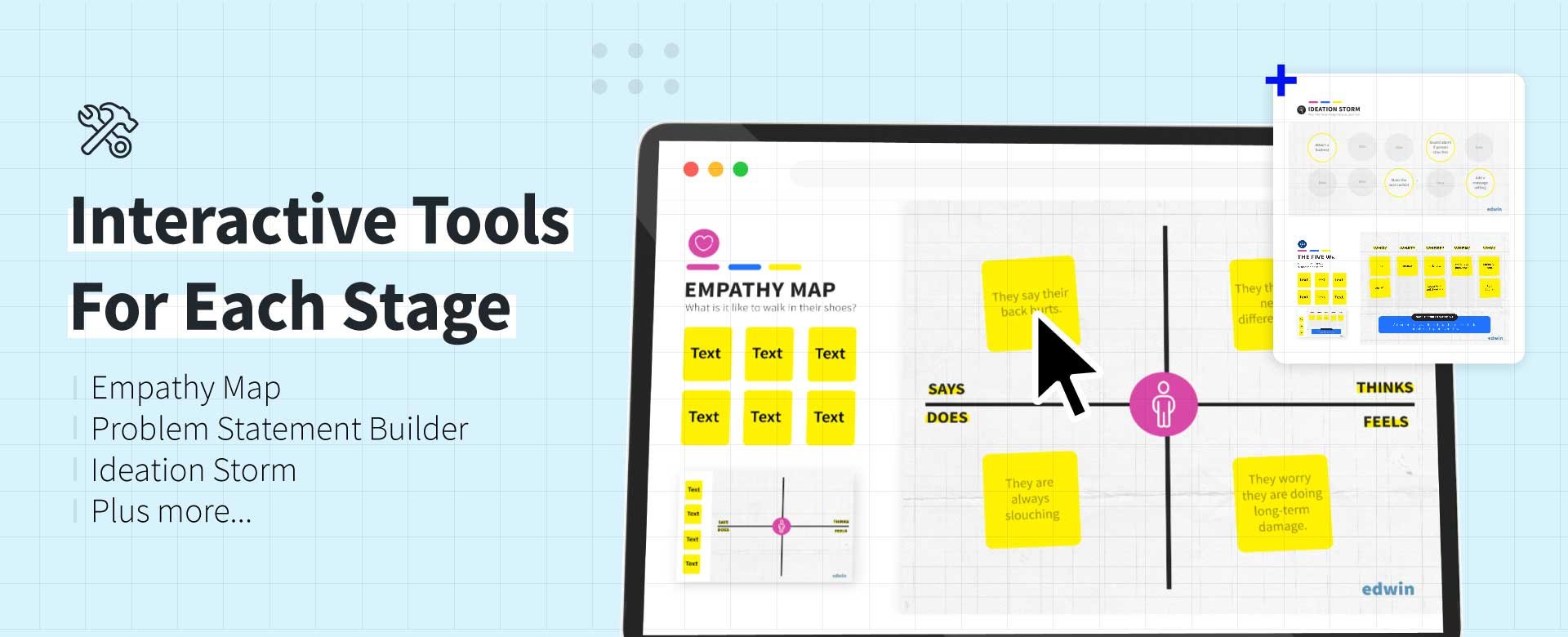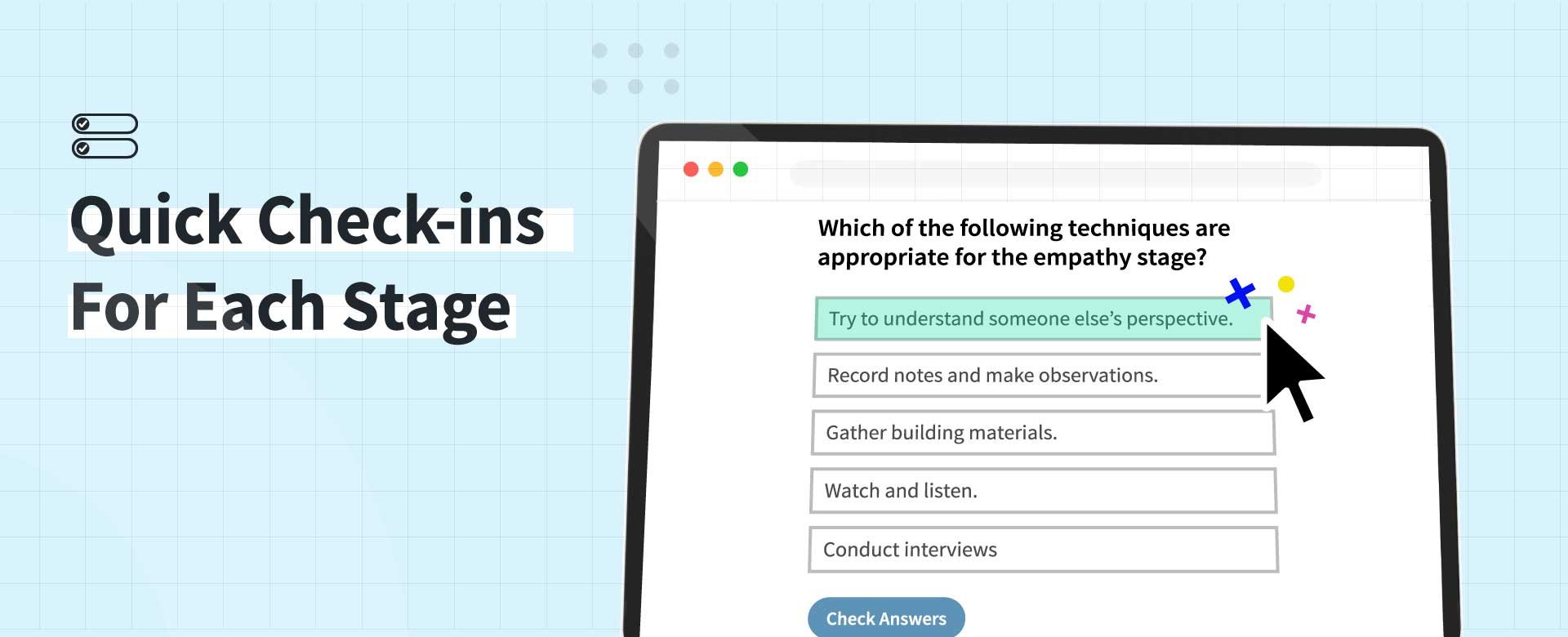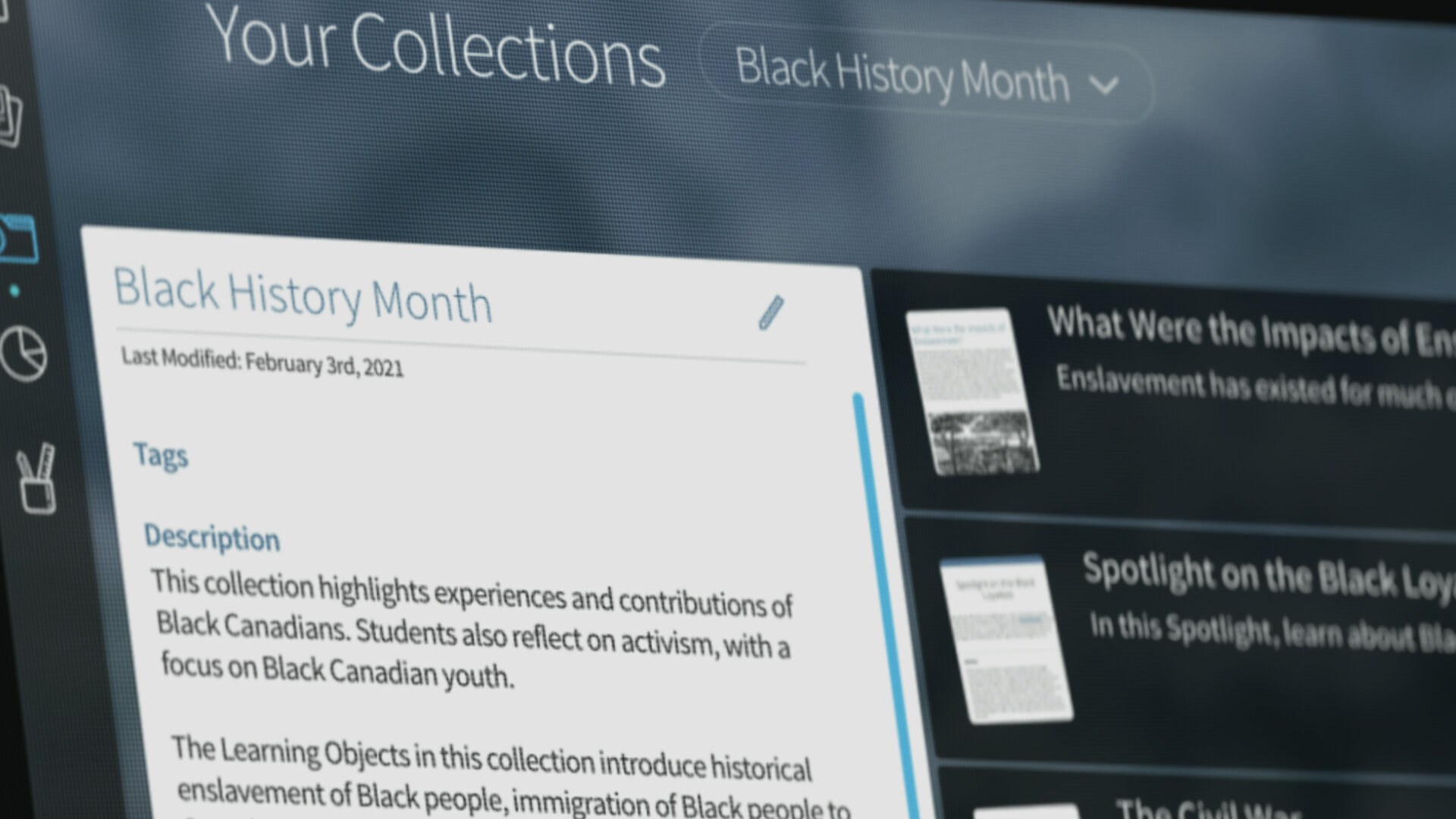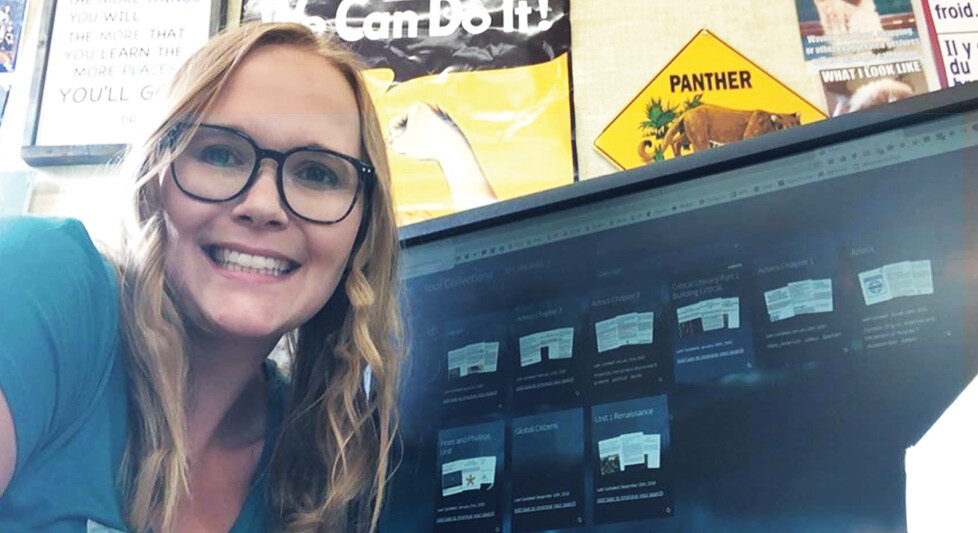Edwin is a launchpad for exciting, real-world experiences. See how Edwin partnered with a local school district to accelerate student engagement and make learning come to life.
When the Dufferin-Peel Tech Team wanted to create activities around STEM and design thinking in time for the Winter Olympics, they turned to the teachers of the Edwin Classroom Success Team. The resulting Design Thinking Collection engaged Dufferin-Peel students with STEM activities, a custom learning toolkit, video content, and personal help from Olympic skeleton racer John Fairbairn.
“It was great because [the Classroom Success Team] were so open and willing to support and to kind of take our lead, like ‘What can we do from an Edwin perspective to support you?’”
Lisa
Dufferin-Peel Tech Team
Design Thinking
Empathy. Definition. Ideation. Prototype. Testing.
Design thinking is a methodology that teaches students a set of skills they can use to solve big problems—and small ones, too. It’s a process that starts with empathy, encourages plenty of ideas, and ends with testing solutions with real users.
The Edwin Design Thinking Collection provided Dufferin-Peel students and teachers with a toolkit for each stage of their process, and a self-check template to demonstrate understanding.
Find these and more STEM design thinking tools like this for your own classroom here.
Accelerating Student Engagement
With design thinking processes in motion, and some inspiration from Canadian Olympic skeleton racer John Fairbairn, students set out to design and prototype their own skeleton bobsled track. A reliance on reclaimed materials propelled creative solutions, and ensured student access to STEM learning in an equitable way.
Dufferin-Peel had 108 educators and 2,700 students participate in this Edwin STEM activity—collaborating across diverse classrooms, communities and backgrounds. Educators were able to bring together in-person and remote students in a community of learning, where Edwin helped to provide unique experiences for unique needs.
. . . . .







































